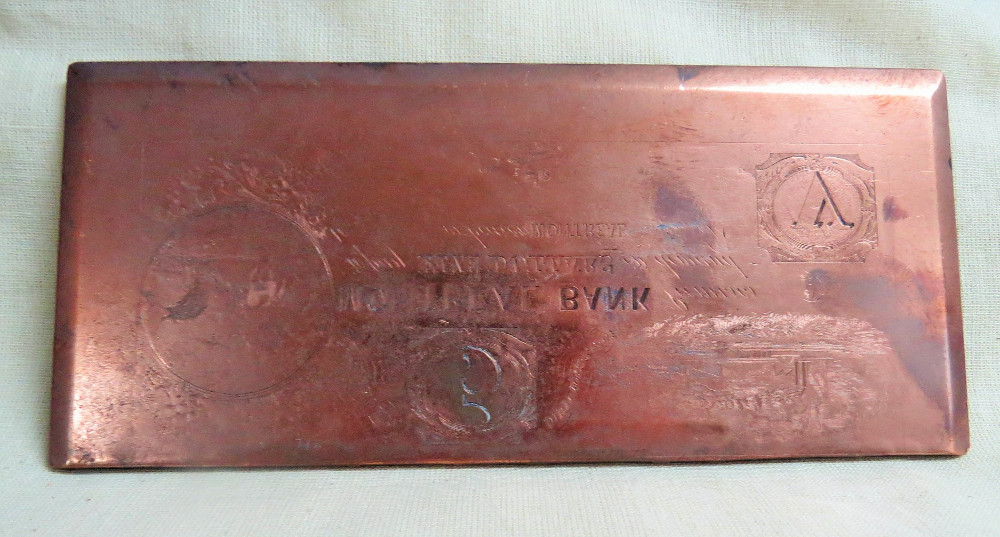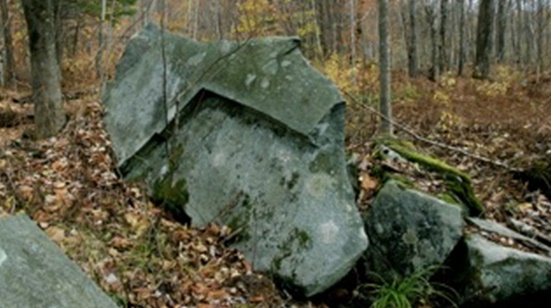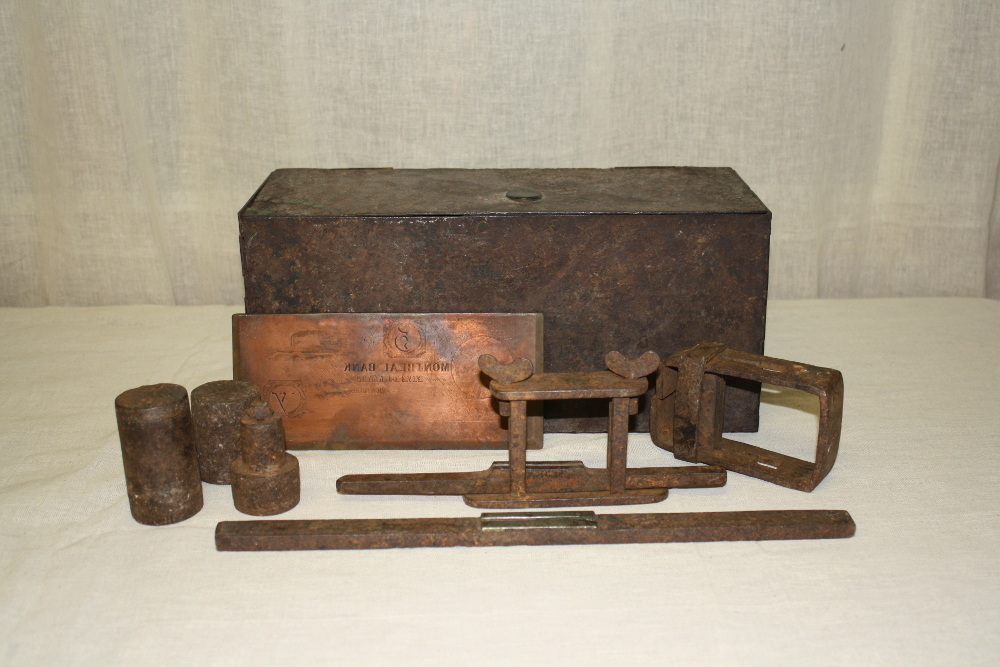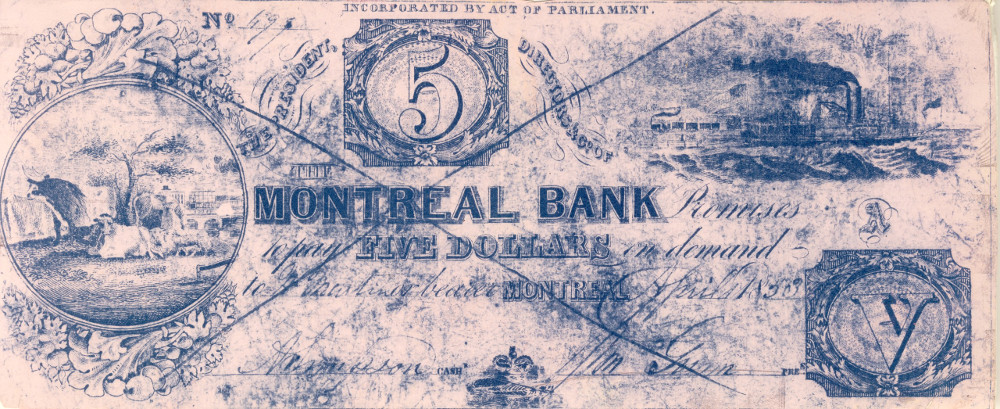A safe haven for those fleeing justice
Crossing a border allows wanted criminals to escape justice. History is full of such examples.
One of the few local legends, that of the Glen Sutton treasure, involves three crew members of a British ship loaded with gold who, during the War of 1812, managed to steal part of the cargo. Their escape led them from Boston to Lake Champlain and then up the Missisquoi River to Glen Sutton, where the gold was stashed.
Glen Sutton Treasure: French-language audio clip and an English-language transcript.
This legend gave rise to several treasure hunts; the last one occurred in 1850. Afterwards, many people dreamed of finding the thieves’ hiding place, but without really looking very hard for it.
What was very real, however, was the presence of counterfeiters on Hudon Road in the first half of the 19th century. The road, at the very limit of Sutton Township, was then called Cogniac Road. Its importance was such that for a time the term “coniacker” replaced counterfeiter when referring to forgers.
Three individuals were dominant: Seneca Paige, a Vermonter who used his Dunham general store as a cover; Ebenezer Gleason and his family, an ally of Paige’s; and Turner Wing and his family. The war between these clans led to some violent episodes.
The plates and printing were done on this side of the border. The counterfeit U.S. bank notes were then smuggled into the United States and sold. U.S. authorities blamed Canadian officials for their inability to stop the smuggling.

This plate from the Missisquoi Museum in Stanbridge East was used to print counterfeit Bank of Montréal $5 bills.





